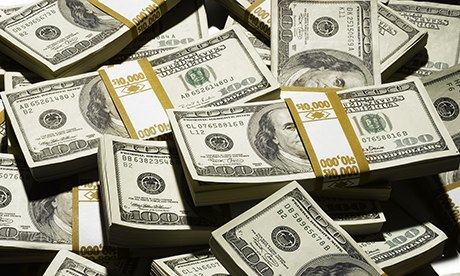 Dhaka, Bangladesh (BBN) - The flow of inward remittances grew by 21.44 per cent in the first seven months this fiscal year as the government has provided incentive to the beneficiaries against remittance.
Dhaka, Bangladesh (BBN) - The flow of inward remittances grew by 21.44 per cent in the first seven months this fiscal year as the government has provided incentive to the beneficiaries against remittance.
The inflow of remittances rose to US$ 11.04 billion during the July-January period of the current fiscal year (FY), 2019-20, from $9.09 billion in the same period of FY ’19, according to the central bank’s latest statistics.
The government’s incentive along with depreciating mode of the local currency against the US dollar has helped boosting the inflow of remittances during the period under review, according to bankers.
The remittances from Bangladeshi nationals working abroad were estimated at $1.64 billion in January last, dropped by $48.65 million from the previous month. In December 2019, the remittance was $1.69 million.
The flow of inward remittances was nearly $1.60 billion in January 2019.
“We expect that the inflow of remittances may cross $20 billion-mark by the end of FY ’20,” Kazi Sayedur Rahman, executive director of the Bangladesh Bank (BB), told the BBN in Dhaka on Sunday.
He also hoped that the upward trend of inward remittance would continue in the coming months as the government has announced 2.0 per cent incentive for remittance receipts.
The government had already allocated BDT 30.60 billion as incentive in the budget for FY ‘20 to encourage the expatriate workers to send their money through legal channels.
Echoing the BB’s official, a senior executive of a leading commercial bank said the upward of inward remittance may continue in the coming months following the government’s incentive and depreciating mode of the Bangladesh Taka against the US currency.
The central bank of Bangladesh had earlier took a series of measures to encourage the expatriate Bangladeshis to send their hard-earned money through the formal banking channel, instead of the illegal "hundi" system, which can help boost the country's foreign exchange reserves.
BBN/SSR/AD